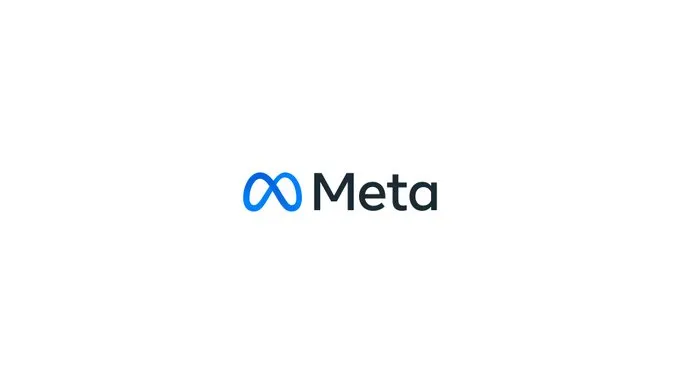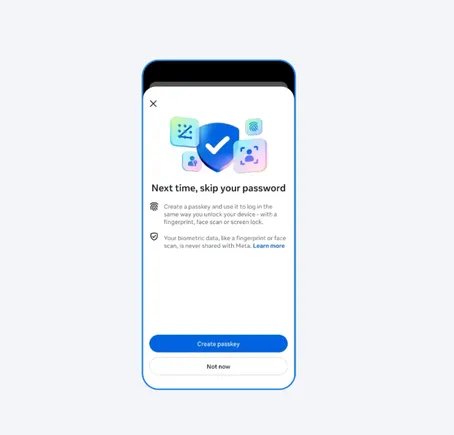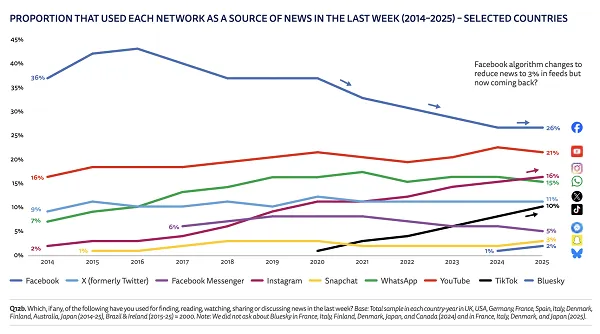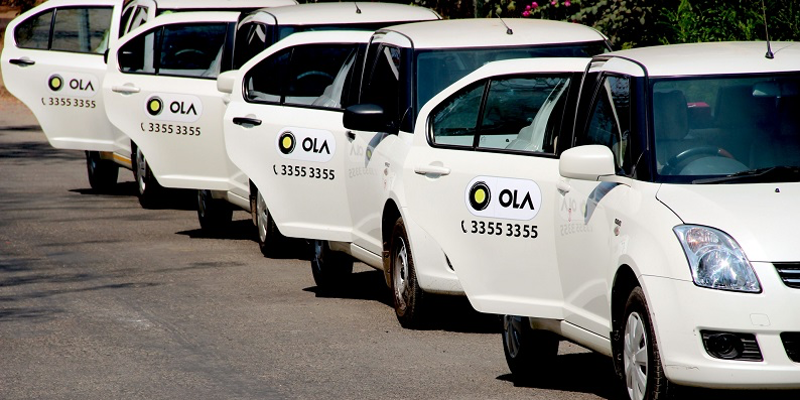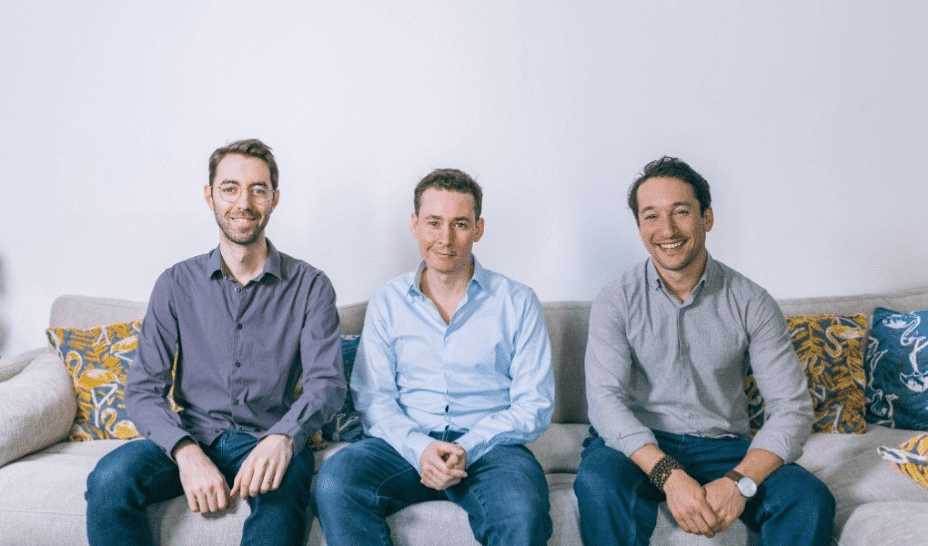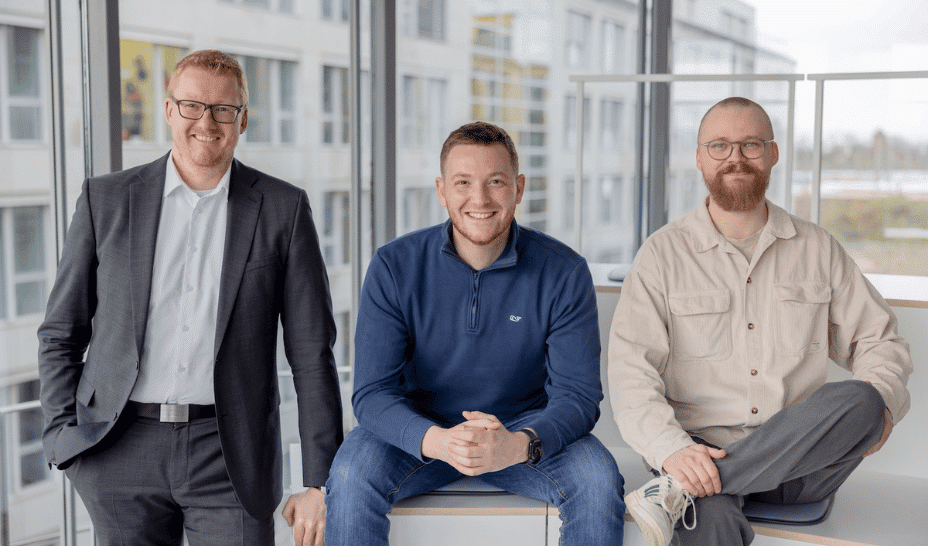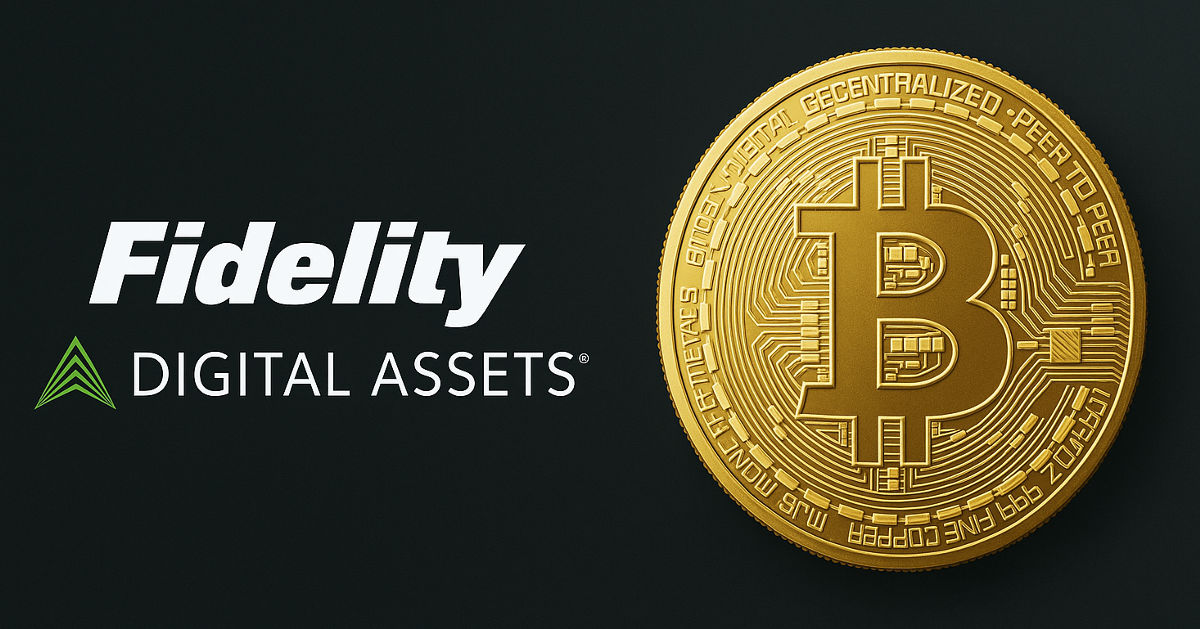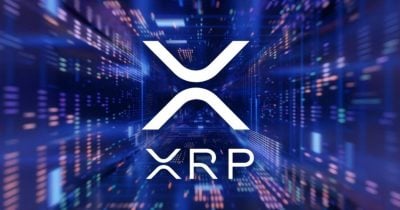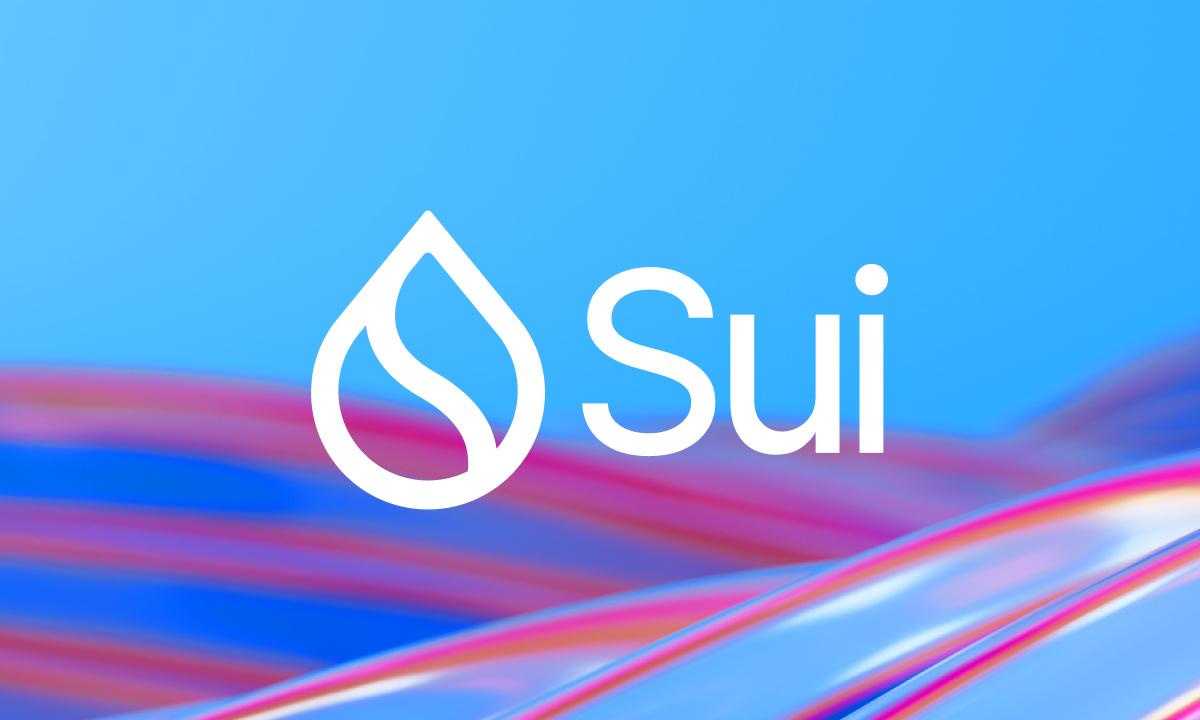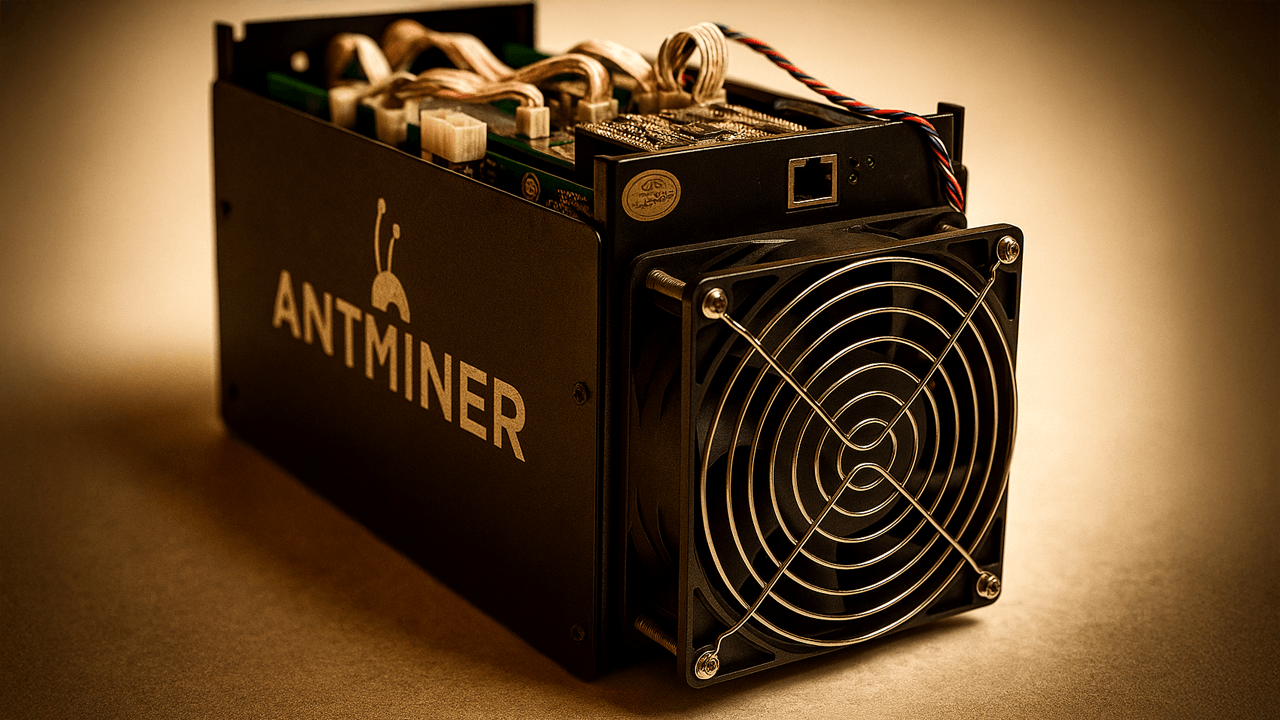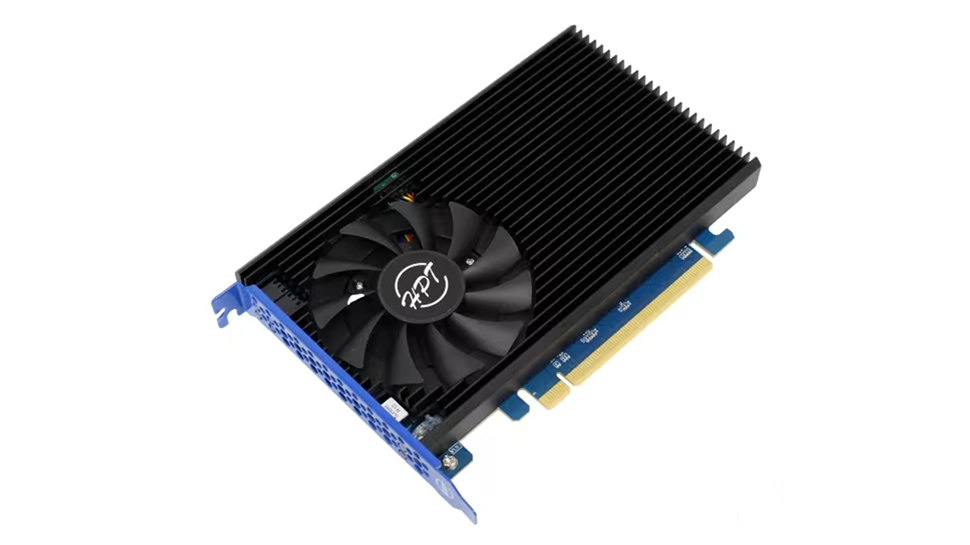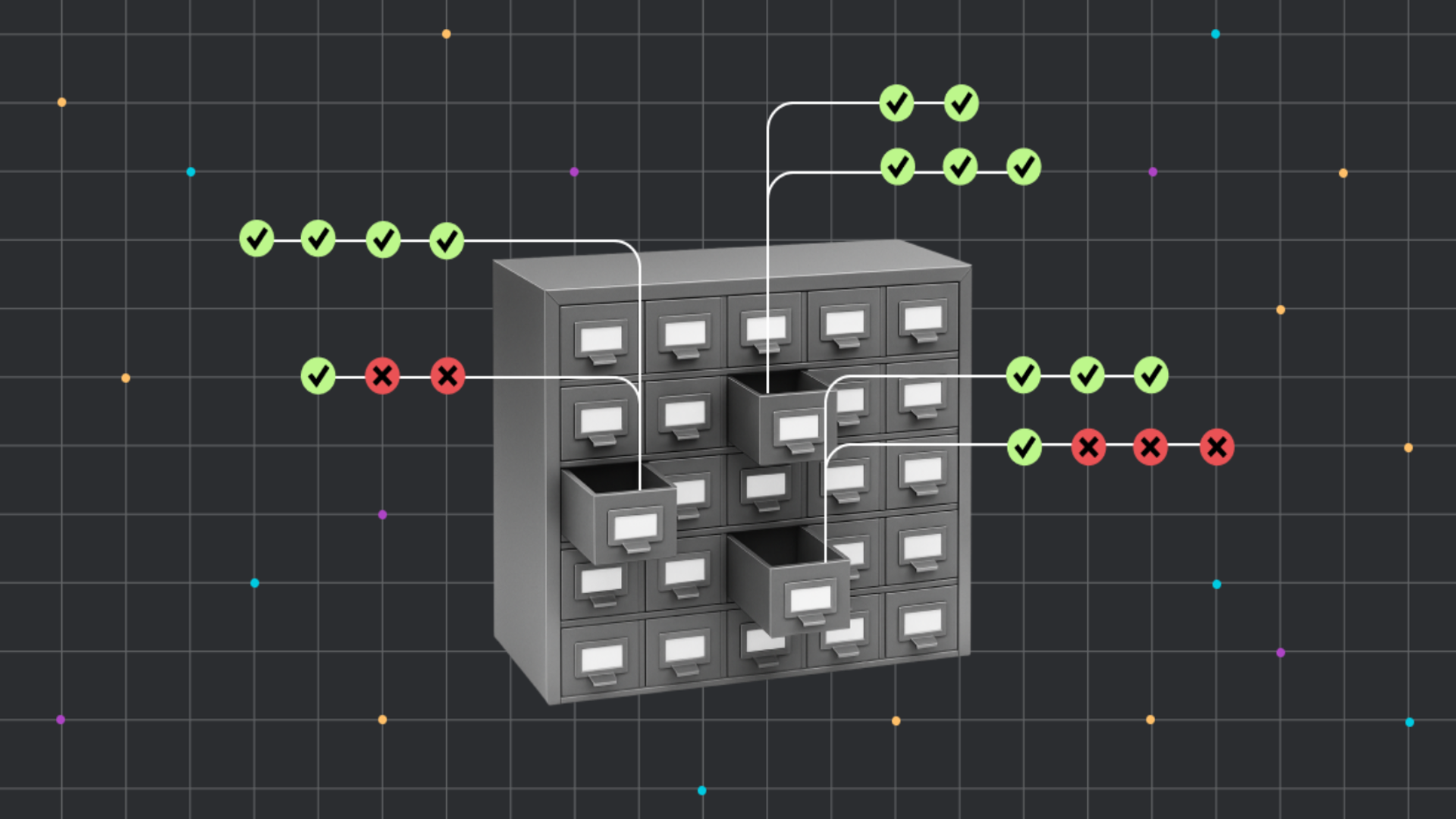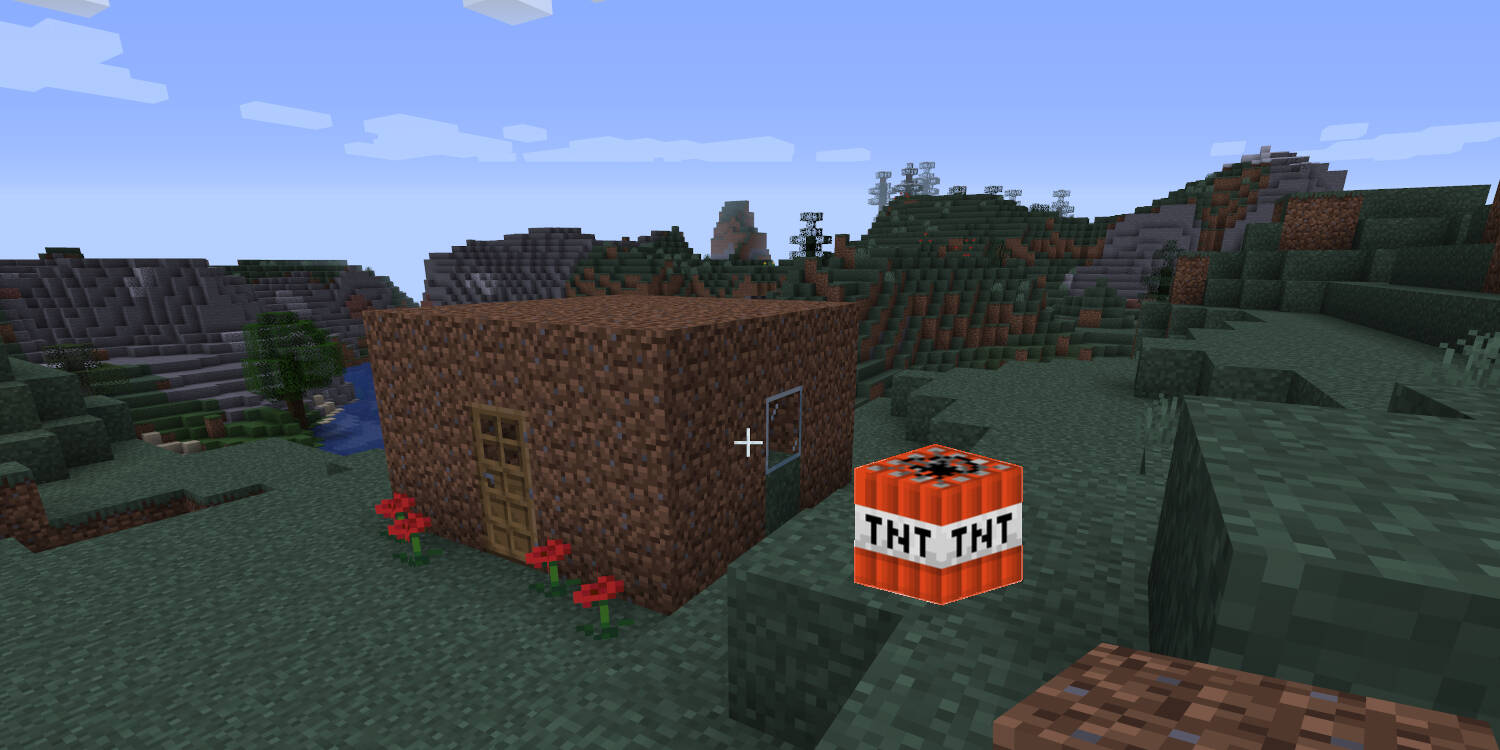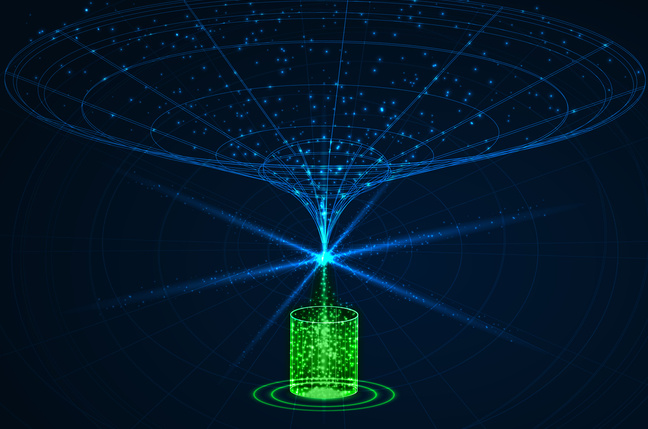Why Palo Alto Networks is focusing on just a few big gen AI bets
Palo Alto Networks has been highly selective in betting on generative AI, to get the best bang for her buck.

To help figure out how AI will make its workers more productive, cybersecurity provider Palo Alto Networks polled every one of its departments for its best ideas.
But when choosing which suggestions to pursue, Palo Alto wanted to invest only in those that provided the biggest financial bang for the buck. “We went after four use cases,” says Meerah Rajavel, Palo Alto Networks’ chief information officer.
Those four included an AI agent called Panda AI that gives automated responses to employees who submit questions related to the IT, HR, and finance departments. There’s also an AI code generation tool for engineers, AI tools for customer support specialists, and another AI tool for customers needing help resolving problems they’re having with Palo Alto’s products.
Rajavel’s approach to AI led to some changed expectations within the company as the technology evolved over the past few years. For example, soon after OpenAI’s AI chatbot ChatGPT debuted in 2022, Rajavel heard from her boss, CEO Nikesh Arora, who said he wanted up to 90% of the 480,000 employee requests submitted annually to be resolved using generative AI. Those worker inquiries span questions about health benefits, changing login passwords, and approval to buy new software from an outside vendor.
But Palo Alto did some research and determined that AI could only solve 18% of those issues by summarizing information, the task that large language models are best at. “This is about someone asking for an action that needs to be done,” says Rajavel, referring to what most employees are seeking with their questions. “It has to complete the task. It cannot just guide the task.”
That led Palo Alto to create Panda, which now fields many employee requests. Today, close to 60% of Palo Alto’s employee-generated tickets are autonomously handled by Panda, and Rajavel says over time, this figure could rise to as high as 80%. Thanks to the help AI provides, the company has ditched a phone line, a dedicated Slack channel, and online portal that employees previously used to submit requests.
Now, all employees are first routed to the AI agent. In cases in which an issue can’t be solved by AI, a ticket is sent to a human agent to tackle.
So where does the cost savings come in? Human agents from outside companies handled many of those ticket requests, and with generative AI, Palo Alto can now spend less on those services. Meanwhile, Palo Alto has reskilled some of its internal support agents to focus more on ensuring that LLMs are trained on the correct data and to validate the accuracy of what the AI spits out.
Another big AI use case for Palo Alto is writing software code. The company’s 6,000 engineers are using AI for code generation today, but Rajavel says that her concerns about protecting Palo Alto’s intellectual property mean she hasn’t authorized popular coding tools like GitHub and Cursor. “We are not going to allow anybody to use a third party,” says Rajavel. Instead, Palo Alto trains its own Claude models, hosted on Google Cloud’s Vertex AI platform, to write code.
In addition to focusing on generative AI, Rajavel says she dedicates 20% of her time talking with customer CIOs, chief information security officers, and other C-suite executives. One Palo Alto offering that frequently comes up in those conversations is its AI Access Security tools, which organizations can use to identify which generative AI apps are being used on their network.
Rajavel should know what CIOs want to discuss with vendors. Rajavel has held the CIO title four times during her career, most recently at Palo Alto and previously, at three other technology companies: Citrix, Forcepoint, and Qlik.
Yet another area of focus of hers is integrating Palo Alto’s many acquisitions. Since joining in April 2022, the company has spent $500 million to buy IBM’s QRadar software-as-a-service assets; a reported $625 million on Talon Cyber Security, a builder of a secure enterprise browser for remote workers; and a reported $400 million for data security platform Dig Security, which discovers, classifies, and then protects sensitive data.
With the QRadar deal, Palo Alto was able to move customers to its operations platform, Cortex XSIAM. Meanwhile, Talon and Dig’s services were quickly integrated into the company’s existing ecosystem. Rajavel says acquired technologies are merged within 90 days of a deal closing.
When Palo Alto scoops up smaller companies, Rajavel says one danger is that their tools aren’t ready to be used by hundreds of thousands of customers. As a precaution, Palo Alto tries out their tools internally, as a test, before making them more available to customers.
“The very first person who is going to implement the technology is us,” says Rajavel.
John Kell
Send thoughts or suggestions to CIO Intelligence here.
This story was originally featured on Fortune.com


